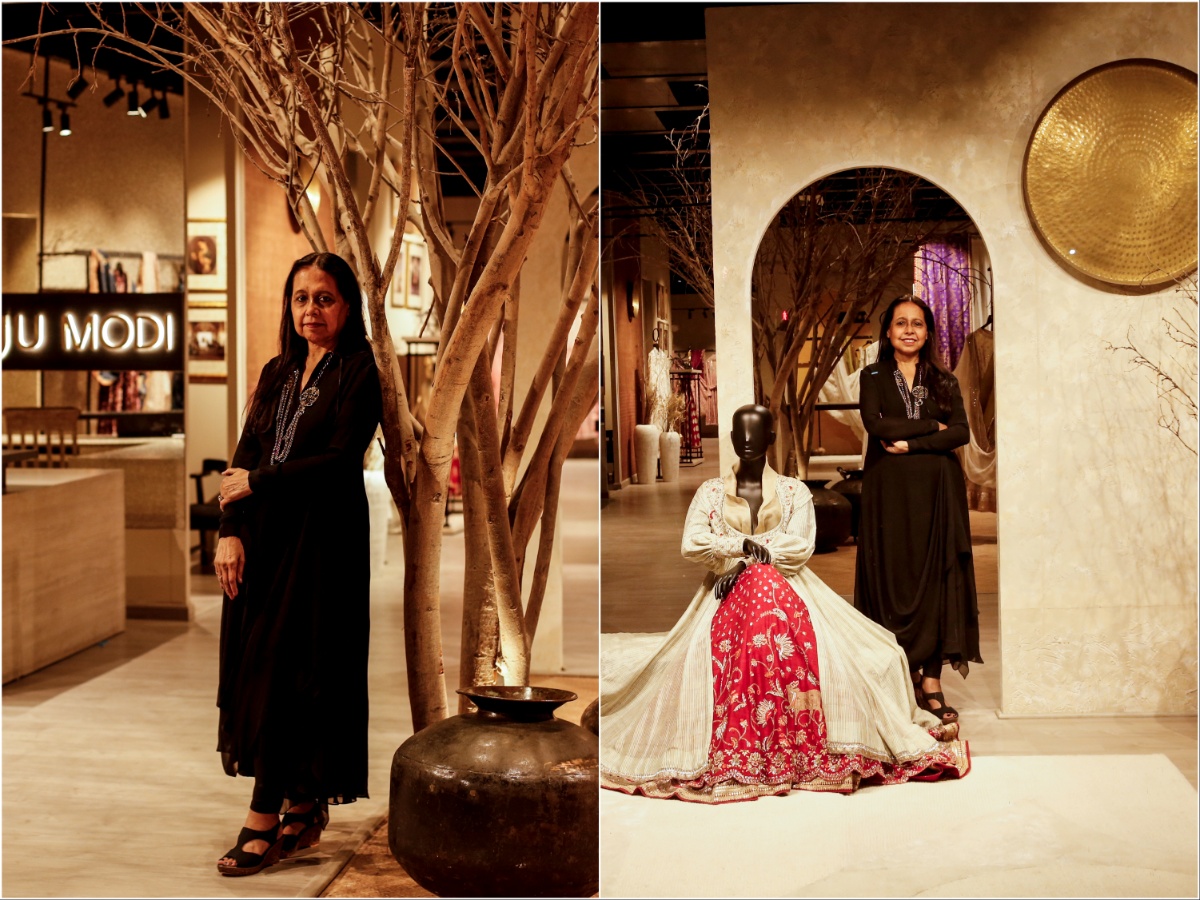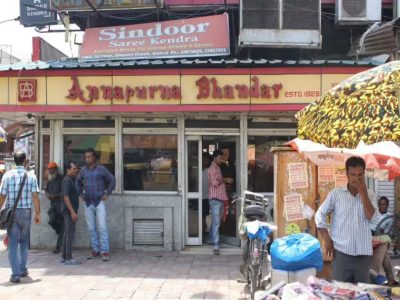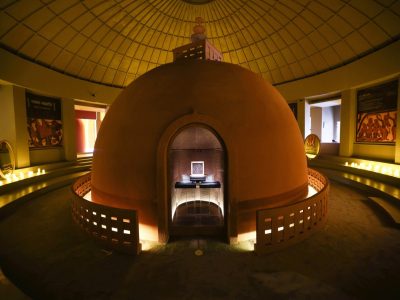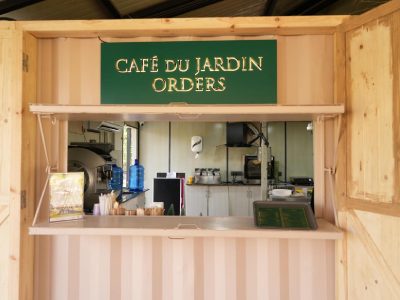Delhi, that corners 25% of the Rs 26,000-crore luxury market, is extravagant in buying and offering opulent retail space to textile and apparel brands.
With the Indian textile and apparel market size reaching $172.3 billion in 2022 and the International Market Analysis Research and Consulting (IMARC) Group expecting it to reach $387.3 billion by 2028, most style gurus believe that it has scope for expansion.
Take for example, Bollywood bigwig Manish Malhotra’s sprawling retail wonder at Mehrauli. It has tripled in size from the time it began 10 years ago. Frankly, most designers agree that 40% of their luxury sales come from Delhi alone.
Also read: Being casual at office
Abhinav Mishra may be a young entrant in the world of fashion, but he has taken the proverbial plunge and recently opened his store in Regency One, Chhatarpur, with over 5,000 square feet of retail space.
“I think the retail market in Delhi has grown post-Covid because people are more comfortable with in-person shopping now, and there are more safety measures in place. Additionally, there are more online shopping options available, which has increased competition and driven innovation in the retail sector,” says Abhinav.
Born and raised in Allahabad, Abhinav Mishra finished his schooling in Lucknow, started his career in the decor and events industry working with Rani Pink, and launched his label in 2014.
He decided this knowing e-commerce is gaining momentum.
“I feel it is necessary because it provides physical space for customers to experience the brand and products in a unique way that can’t be replicated online. It is crucial for patrons to experience a product, try it on and see how they feel. The level of personalisation that a brick-and-mortar store can provide is simply not possible online. Additionally, a store can help build brand awareness and customer loyalty,” he explains.
The space is designed to reflect the aesthetic and values, and can serve as a platform for storytelling and community building.
He reiterates that having witnessed several patrons travelling from other cities to experience the brand first-hand, is something that is very gratifying as a designer.
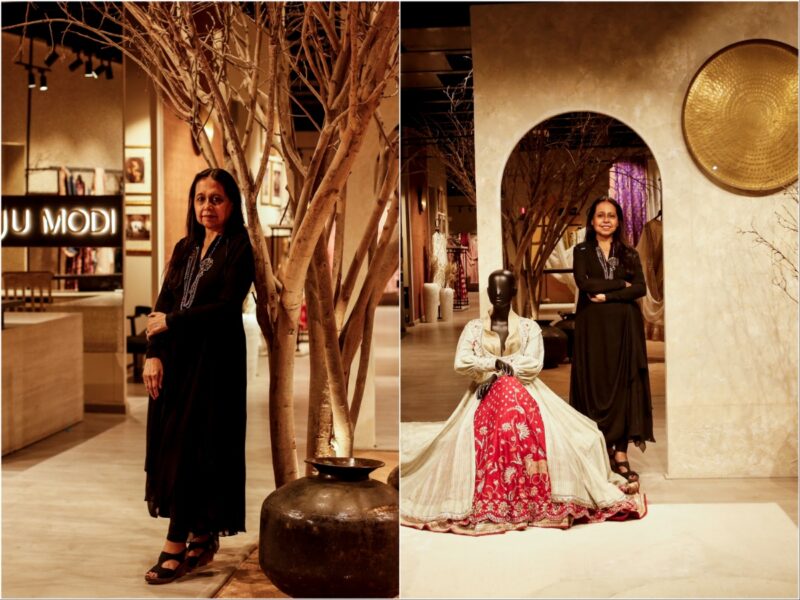
“In recent times, our ivories and gold have been received very well. They work beautifully for weddings as well as other functions and our menswear has seen a lot of success. Otherwise, the colourful pastels always do very well. I think today’s women who want to dress modern yet traditional are now more open to experimenting with new styles and fabrics. There is a growing trend towards fusion wear, which combines traditional elements with modern silhouettes and designs. Additionally, there is a greater emphasis on sustainability and ethical fashion, which has led to a renewed interest in traditional crafts and textiles,” he adds.
The two-storey store space is inspired by the opulence and magnanimity of Mughal architecture, replete with intricate mirror-work, grand arches and regal pillars. It transports you back in history to the rich cultural heritage of the country, and pays homage to the tombs and grand palaces with carvings inlaid in clay. Using sustainable materials like natural stone, clay and wood, the ambience is both contemporary and paused in time, a time when the beauty of a space was elevated by the simplest of décor.
“My new flagship store features a bridal suite on the first floor where one can find my bridal pieces and menswear collections. The ground floor shelves the latest ‘Dilbar’ and ‘Tara Sitara’ collection along with festive wear and resort wear pieces,” he adds.
He believes the Delhi audience has responded well to luxury, even in the context of quiet luxury becoming more popular. There is still a strong demand for high-end, statement-making luxury items in the Capital where shopping is a family outing.
Anju Modi’s comprehensive menswear and womenswear range, including couture, pret, occasion-wear, heritage textiles and accessories, is displayed across the sprawling 3,600 square feet space in Sultanpur.
She decided to give customers an experiential touch of her crafted products.
“I believe the Indian retail business is strategising its future with fresh concepts, that will both adapt to the current circumstances, and assist the retail market in growing further. Delivering personalised, hands-on, and seamless services, it allows our clients to touch and feel the products, which can help them make better purchases,” says Anju.
Delhi designers are sensing an opportunity. Some of them have decided to keep their stores open all seven days a week after investing a fortune.
Customers spend time with their loved ones, exploring and shopping for at least two hours at the store, enjoying, talking, and making informed decisions on what to buy is an advantage. They get instant assistance from sales staff, who can answer their queries right away.
Anju, a veteran designer, has been working for the last 30 years to create a community that not only empowers those who engage with crafts, but also puts India’s textile tradition on the map.
The layout, lighting, colours, and visual merchandising of the store have all been worked on to convey the brand’s story and build an emotional connect. From brass pots and pans, to huge vessels hung on the walls, not cluttered but organic, the store is almost ‘therapeutic’, she explains.
The glamour factor is more in Delhi and she admits that shopping destinations have changed from Connaught Place and South Extension to Mehrauli, Sultanpur, MG Road where you have a concentration of designers.
This is unique to Delhi, unlike Mumbai and Kolkata, where you have designer stores scattered all over the city. Distances there are huge, plus traffic jams make it tough to travel. Delhi, on the other hand, is easy to shop, as within a five km radius you have the biggest names in fashion retailing.
“We’ve attempted to incorporate more fusions and colour schemes into our collections to meet the needs of our clients, and it makes me extremely happy to see that our efforts have been so well received. Our collection ‘The road less travelled’ has recently become an all-time favourite. We have been getting a lot of enquiries about when we’d be reopening our store since our customers were eager to have that tailored experience with us again,” she adds.
Women are increasingly looking for fashion that combines cultural heritage with modern style, resulting in an exclusive blend of traditional and contemporary fashion. The desire to recognise and celebrate cultural heritage while simultaneously expressing personal flair and originality is driving this trend.
“One of the most significant shifts we have witnessed is the availability of more varied and inclusive design possibilities, especially in terms of sizing, silhouettes, and cultural influences. Also, the way classic attire is being reinterpreted these days is immaculate,” says Anju.
Asha-Gautam, an eponymous label by Asha and son Gautam, is celebrating 25 years of its existence this year and there was no better way than to get a bigger space in Greater Kailash Part 1, almost 2,800 square feet of pure luxury.
Gautam believes that a retail space is essential when your label has various price segments. Customers will purchase anything below Rs 30,000 online, but for anything above, they would like to check out the embroidery, fabric, fit, fall as well as other options.
Delhi has also grown to Ghaziabad, Faridabad, Gurgaon, and Noida. This has brought in more customers who enjoy luxury.
Thus the Rajasthani themed store, complete with white, gold and an antique ethos, brings various buyers — some prefer bling, others are lovers of pure textiles while some like a more Westernised appeal.
“We have showcased our collections all across the country — from Raipur, Udaipur to down south. There is no bigger market than Delhi. The audience here enjoys retail experience so it is impossible to continue without a store where they can come, shop and go back satiated,” concludes Gautam.

